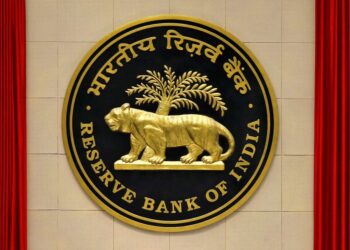All eyes are on the upcoming monetary policy meeting in April. In the wake of the Fed’s decision to raise interest rates in spite of the increasing instability in the banking sector, RBI is expected to follow.
What’s the story?
Let’s find out!
The Premise
The series of rate hikes first commenced in 2022, in the aftermath of the COVID-19 crisis.
The reason?
To combat inflation!
You see, the COVID-19 lockdown and the corresponding disruption in supply chains around the world had a significant impact on the prices of goods and services. From basic necessities to the more optional luxury items — all have become more expensive. On the flip side, however, there is the fact that thousands of people have lost their jobs and their savings.
It has now come down to central banks to deal with this issue and find a solution. Inflation has to be controlled. The best way to do that is to raise interest rates.
This is exactly what RBI is doing. They are gearing up for another rate hike in April 2023 of about 25 basis points. This comes after the central bank raised the benchmark repo rate by 25 basis points to 6.5% in February.
Last year, the CPI inflation had come down below the upper band of 6%. But, in 2023, we have again crossed over the limit.
“Given that CPI inflation has been 6.5 per cent and 6.4 per cent in the last two months and that liquidity is now near neutral, we may expect the RBI to raise rates once again by 25 bps and probably change stance to neutral to signal that this cycle is over.” — Madan Sabnavis, Bank of Baroda
The Expectation
RBI’s decision to hike rates has been backed by members of the Economic Advisory Council, who believe that higher interest rates are necessary to combat inflation and maintain macroeconomic stability. A rate hike will also help attract foreign investment, which is crucial for India’s growth and development.
But there are two sides to every coin.
Some economists argue that a rate hike may lead to a slowdown in economic growth, which is already under pressure due to the COVID-19 pandemic. They argue that higher interest rates will increase the cost of borrowing, which could discourage investment and hamper economic activity.
So what, then, is the solution?
RBI is treading a fine line at the moment. Go too far with the rate hikes and it can adversely impact growth and development. Be too lenient, and we will face high inflationary pressure.
It’s a catch 22 situation!








